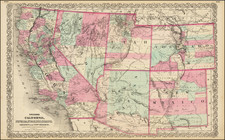Detailed separately issued map of these two New Mexico counties, published by Rollandet in Denver.
The map includes the Beaubine and Miranda or Maxwell Grant, extending into Southern Colorado.
History of the Maxwell Grant
The lands covered in the Maxwell Land Grant were originally tribal lands belonging to Jicarilla Apache Indians.
Carlos Beaubien was a French-Canadian trapper. His partner, Guadalupe Miranda was the secretary to Governor Manuel Armijo in Santa Fe. On January 8, 1841, Beaubien and Miranda petitioned Armijo for a land grant, in exchage for their agreement to colonize and cultivate the land. Beaubien and Miranda failed to prove up the grant for the next two years. On February 13, 1843, they asked the Justice of the Peace in Taos to sign an order promising them possession of the land. The justice affirmed that he had marked the boundaries of the grant and that Beaubien and Miranda were in full possession of the land grant.
Lucien Bonaparte Maxwell was a pioneer, explorer and adventurer who married Luz Beaubien, the daughter of Carlos Beaubien. Beaubien hired Maxwell to manage his interests, and Maxwell and his wife settled in Rayado, New Mexico in 1849. In 1860, Maxwell built a large home in Cimarron, a stop on the Mountain Branch of the Santa Fe Trail. In 1875, a range war known as the Colfax County War soon erupted between Maxwell and the settlers whom he perceived as squatters and tried to removed.
In 1870, Maxwell decided to sell the Grant. A group of financiers, representing an English syndicate, purchased the Grant for a reported price of $1,350,000. The new owners formed the Maxwell Land Grant and Railway Company. They attempted to remove the squatters from the Grant. Some of the squatters felt that they had Maxwell's unwritten permission to live on the Grant. Many people left, but some stayed and fought. This struggle between owners and squatters came to be called the Colfax County War. F.J. Tolby, a minister sympathetic to the squatters was murdered on September 14, 1875.
The English company was bankrupt by 1874, and it went into foreclosure in 1879. A new group of owners from the Netherlands formed the Maxwell Land Grant Company installing future Senator and Secretary of War Stephen Benton Elkins as president. In 1885, the new owners convinced the Territorial Governor Lionel Allen Sheldon to use the National Guard to suppress the squatters. The Dutch company went bankrupt in 1888. In the early 1880s, the United States sued the company for making claims of lands in the Public Domain in Colorado. In 1887, this case reached the US Supreme Court, and was decided as U nited States v. Maxwell Land Grant Company. The court decision affirmed the company's ownership of the land. At this point, the settlers and squatters realized that they could not obtain good title to the land, and most of them left.
The struggles over the grant continued, especially in the Colorado portion of the grant, where quite a bit of homesteading had taken place. On August 25, 1888, there was a violent incident at Stonewall, Colorado, in which several people were killed. The Maxwell Land Grant Company continued to sue homesteaders, and in many cases made them pay for their homesteads a second time. In 1894, the US Supreme Court decided Russell v. Maxwell Land Grant Company, which completely rejected the homesteaders claims in favor of the company.

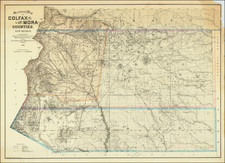








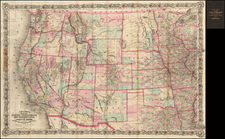
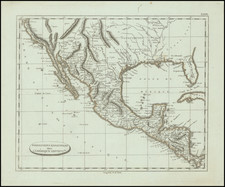
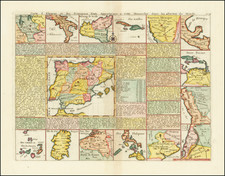
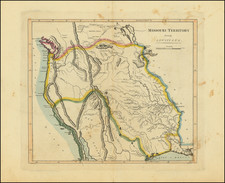
![Karte von Tejas und den angrenzenden Theilen Mejicos . . . [with California Gold Regions Inset]](https://storage.googleapis.com/raremaps/img/small/61669.jpg)
